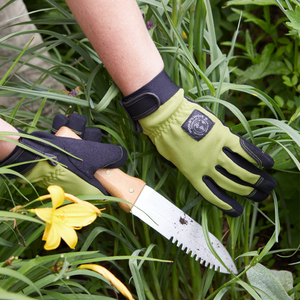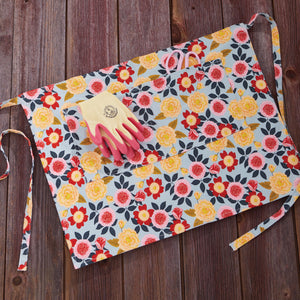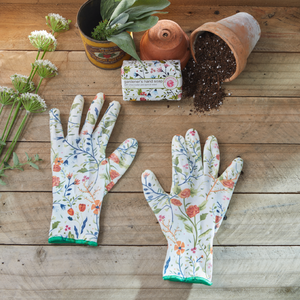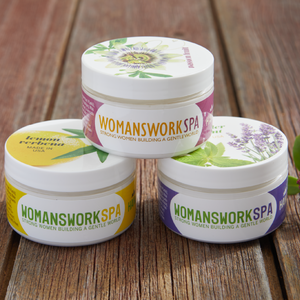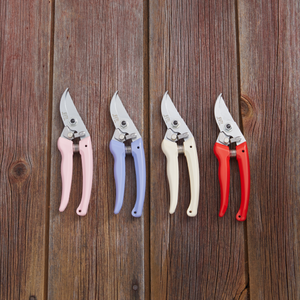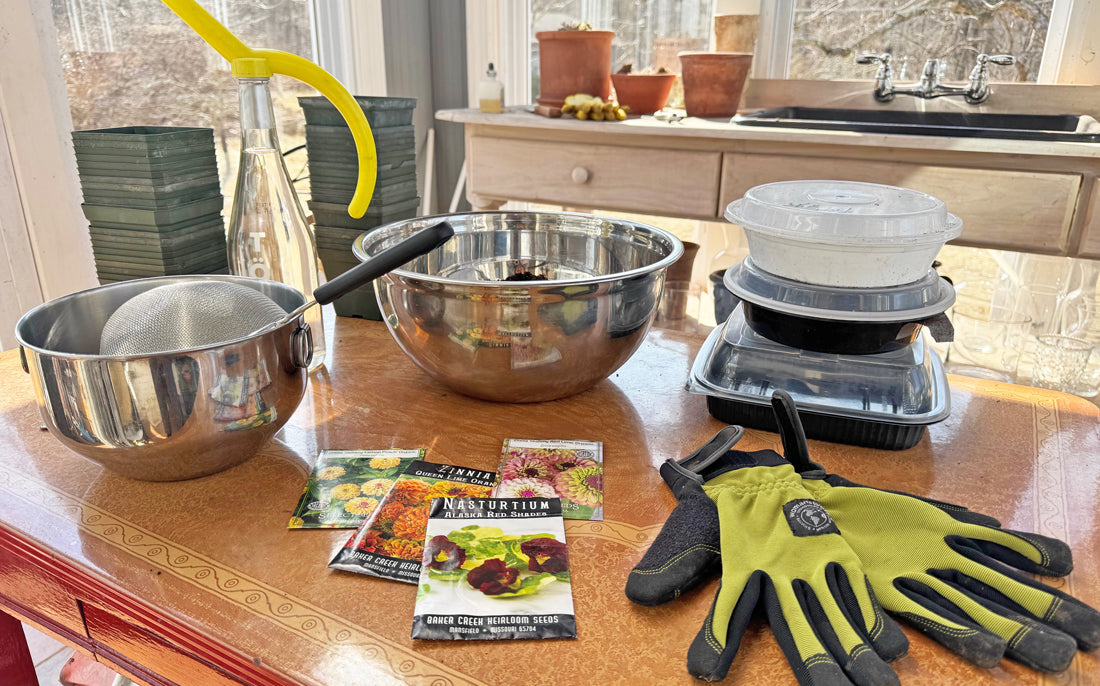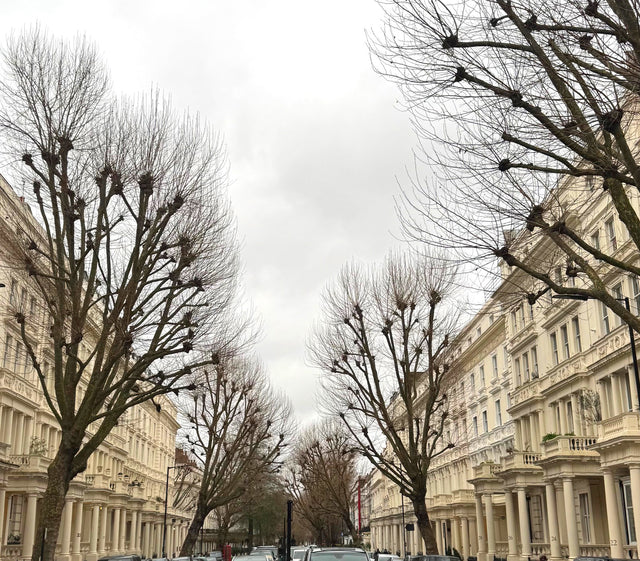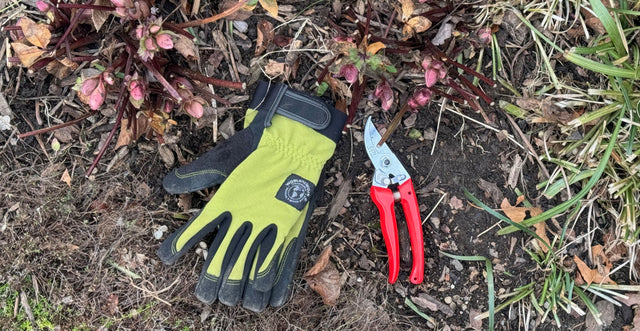Gather your supplies. I use stainless steel containers because they're easy to wash afterwards. I use a large round bowl for my potting mix and I collect reusable plastic containers for starting my seeds. Other supplies include the growing medium, a sieve, a sink with hot water and seeds! Have a pair of scissors handy to cut open the seed packs.
Potting mix. Use a potting mix that doesn't come with fertilizer. I use organic mixes that have sticks and other undecomposed organic matter in them, because that's what I have on hand. It's ok to use this kind of mix for the bed under the seeds, but be sure to sift it for the layer that goes down on top of the seeds. Click here to watch our video.
Preparing your soil. Before you put your potting mix in the container where you will be germinating seeds, put the mix in a large bowl and add hot water. Hot water can kill any pathogens that might exist in the medium. Work the soil in your hands until it’s all mixed. Add more hot water if necessary to keep it moist but not too moist! Whenever I’ve had difficulty with germination or with fungus growing on seeds it’s because there was too much moisture in the potting mix. You can control this better if you add the seeds to already-moistened potting mix.
Planting your seeds. After getting the moisture level the way you want it, fill your container or individual cells in a larger tray with the soil mix and press it down lightly so it’s firm but not hard. Drop your seeds on top of the soil, tamp the seeds down lightly on the moistened potting mix and then screen dry soil on top of the seeds and cover them with as much soil as the seeds are thick. Put a plastic cover over your container to create a greenhouse effect. My plastic containers always come with a clear plastic top. Put in a darkish, warm area. I put mine on top of our refrigerator. There is no need to add more water until after the seeds germinate, at which point you will move them into a well lit area.
Level of moisture and temperature are the most critical considerations for germination.
After my seeds germinate we'll talk about what to do next! Let us know if you have a different tried and true method for starting seeds.
Find similar articles:
Garden Planning How-To Projects Plant Ideas & Info Presenting "The Curious Gardener" seed starting Seeds